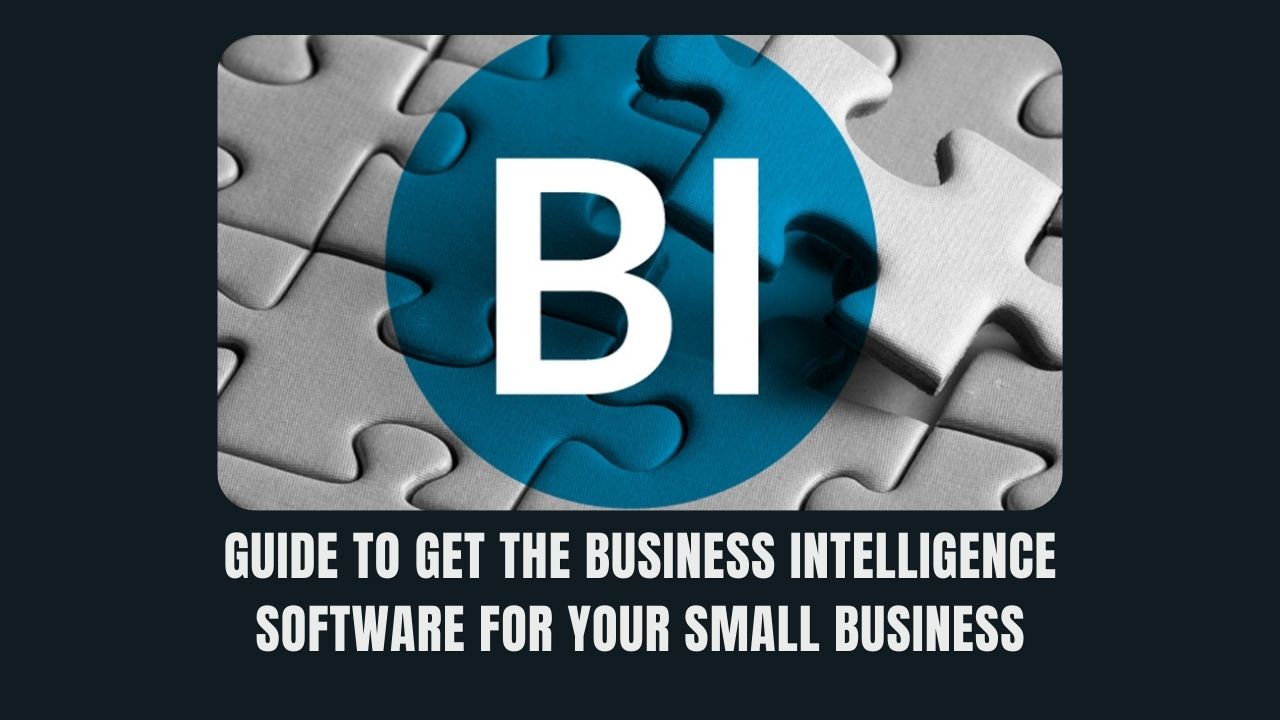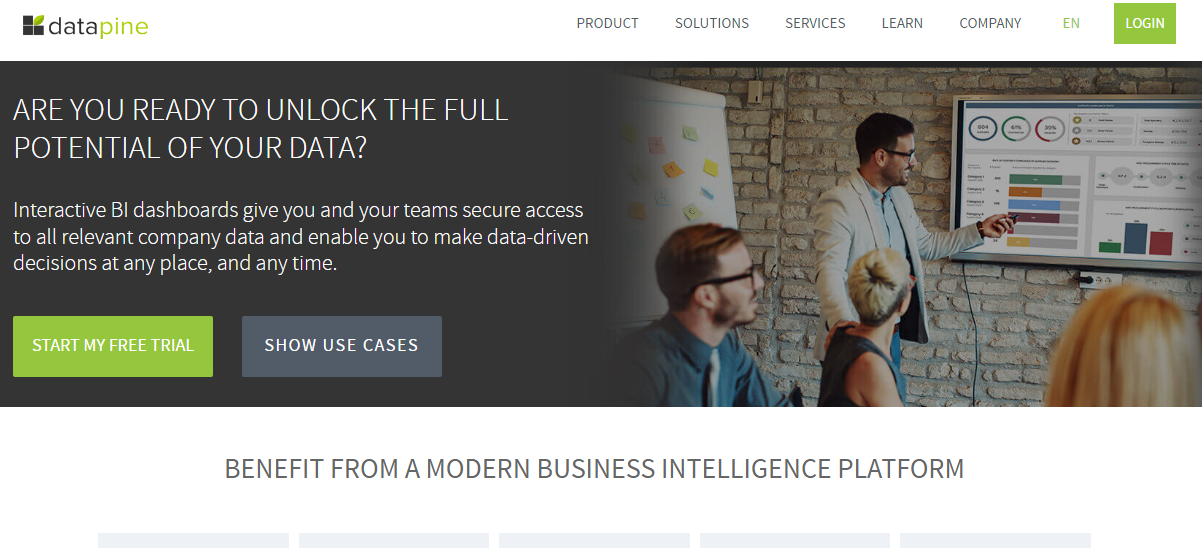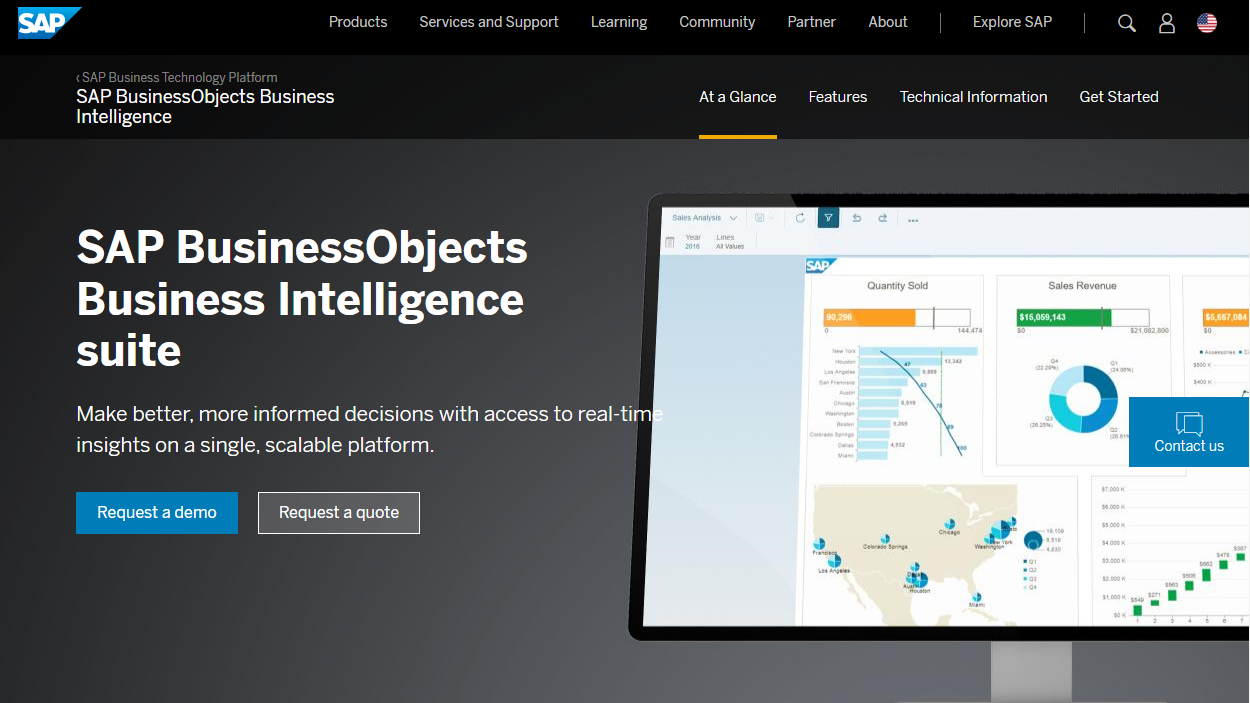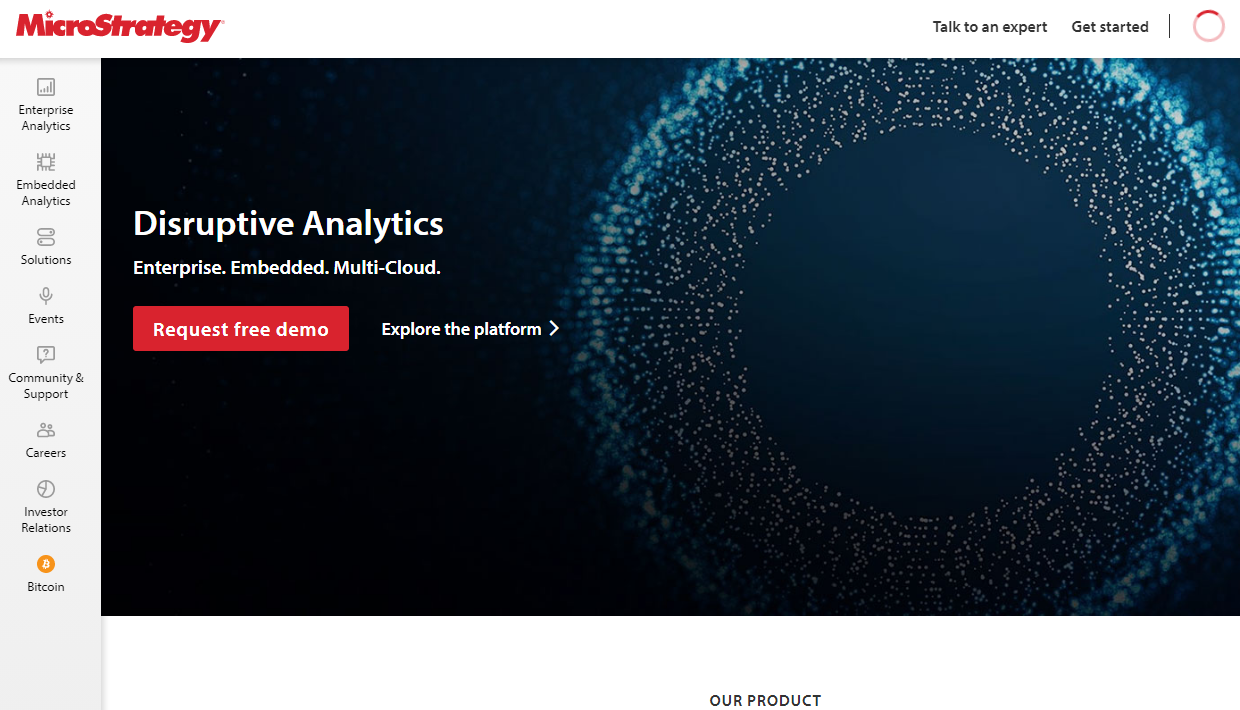
In order to make the analytics results available to business users for operational decision-making and strategic planning, organizations collect data from internal IT systems and external sources.
Numerous factors influence why businesses use BI. It is frequently utilized to support activities as various as hiring, compliance, production, and marketing. It is challenging to identify a business area that does not benefit from having better information to work with because BI is a core business value.
A business intelligence architecture also includes elements outside of BI software. A data warehouse built for the entire company or smaller data marts, which frequently connect to an enterprise data warehouse and hold subsets of business information for particular departments and business units, are where business intelligence data is typically kept.
How does the process of business intelligence work?
A business intelligence architecture also includes elements outside of BI software. A data warehouse built for the entire company or smaller data marts, which frequently connect to an enterprise data warehouse and hold subsets of business information for particular departments and business units, are where business intelligence data is typically kept.
Data lakes built on Hadoop clusters or other big data systems are also being used more and more as repositories or landing pads for BI and analytics data.
To guarantee that BI teams and business users are analyzing accurate and consistent data, raw data from various source systems typically needs to be integrated, consolidated, and cleansed using data integration and data quality management tools before it is used in BI applications.
Initially, BI and IT professionals were the main users of BI tools, running queries and creating dashboards and reports for business users. But as self-service BI and data discovery tools have developed, business analysts, executives, and employees are increasingly using BI platforms themselves. Business users can independently query BI data, produce data visualizations, and design dashboards in self-service business intelligence environments.
Why is business intelligence crucial?
Businesses that effectively use BI tools and techniques can turn the data they have gathered into insightful information about their operational procedures and business plans.
These insights can then be applied to better business decisions, resulting in faster business growth and higher profits by raising productivity and revenue. Instead, executives and employees are primarily left to rely on other factors, such as accumulated knowledge, prior experiences, intuition, and gut feelings, when making critical business decisions. Because there isn’t enough data to support these methods, even though they have the potential to produce wise decisions, they also carry a high risk of mistakes and blunders.
What are the benefits of having business intelligent software?
- They bring together all relevant data.
Whether you are employed by a small business or a large corporation, it’s likely that you gather data from a variety of portals, ERPs, CRMs, flat files, databases, APIs, and other sources. To manage all these sources and improve your comprehension of the gathered data, you must develop a high level of data intelligence. By centralizing disparate sources and giving you a single point of view on all of your business processes, using modern data connectors will help you achieve this. In this way, identifying problems, trends, conducting cross-analysis, and taking action are all closely related and purely data-based.
- Users can take advantage of predictions.
Data scientists and analysts don’t necessarily need to specialize in predictive analytics. Business users of any level of expertise can quickly and easily generate insights for future scenarios with the integration of forecast engines, which will help them adjust current strategies to produce the best results. On the other hand, intelligent data alerts powered by artificial intelligence protect against anomalies that can happen while you manage massive amounts of data and uncover fresh trends and patterns that will allow you to respond quickly if a business condition changes. With today’s technology, you can eliminate manual labor and automate procedures to free up time for other tasks.
- They eliminate manual tasks.
Modern software eliminates endless rows and columns and makes process automation possible, whereas conventional methods of business management promote the use of static presentations and spreadsheets. require a report? The tool automatically updates your KPI dashboard with current information. Additionally, you can automate the reporting procedure with predetermined time intervals and focus solely on the outcomes. Require a presentation? Simply drag and drop your values to create a robust interactive dashboard that allows you to work directly with your data on a single screen. putting an end to endless PowerPoint presentations and embracing a much more natural method of data analysis.
- They reduce business costs.
BI platforms facilitate quicker planning, analysis, and reporting processes for everything from sales planning and customer behavior analysis to real-time process monitoring and offer optimization. In fact, more than 50% of business intelligence users stated that these were the most notable benefits that assisted them in lowering costs and raising revenues, according to a BI survey. You can accomplish much better business results and make profitable adjustments if you can work quickly and accurately.
business intelligence software list
1. DATAPINE

BI software called datapine allows you to connect your data from different sources and analyze it using sophisticated features (including predictive analytics and artificial intelligence). With all of your data available, you can build an effective business dashboard (or several), produce pre-made or customized reports, or include smart alerts to be notified of targets and anomalies. The fact that datapine can be used for a variety of industries, functions, and platforms, regardless of size, makes this tool, which has received exceptional ratings of 4.8 stars on Capterra and 4.6 stars on G2Crowd, a strong option for businesses of all sizes.
Both advanced users, such as data analysts, and regular business users can benefit from the software’s features. However, the intuitive drag-and-drop interface ensures a visually intuitive way of entering your values and creating potent charts and dashboards, just by using effective visual analytics. The SQL mode allows analysts to create their own queries.
2. SAP Business Objects

A business intelligence tool called SAP Business Objects provides in-depth reporting, analysis, and interactive data visualisation. The self-service, role-based dashboards that this platform offers are really nice because they let users create their own dashboards and applications. SAP is a powerful program with a wealth of features that is designed for all roles (IT, end users, and management). However, the product’s complexity does increase the price, so be ready for that.
3. MicroStrategy

An enterprise business intelligence tool called MicroStrategy provides hyperintelligence, cloud solutions, and powerful (and quick) dashboarding and data analytics. Users can recognize new opportunities, spot trends, increase productivity, and more with this solution. Whether the incoming data is from a spreadsheet, cloud-based service, or enterprise data software, users can connect to one or more sources. You can access it from a desktop or a mobile device. However, setup can be complicated and require a lot of application knowledge from a variety of parties.
Conclusion
Business intelligence tools are very adaptable and give you a lot of useful information about the performance and future direction of your company. It does little in terms of gathering data directly from your customers, despite being excellent for compiling / gathering data from various sources and aiding you in making sense of it.